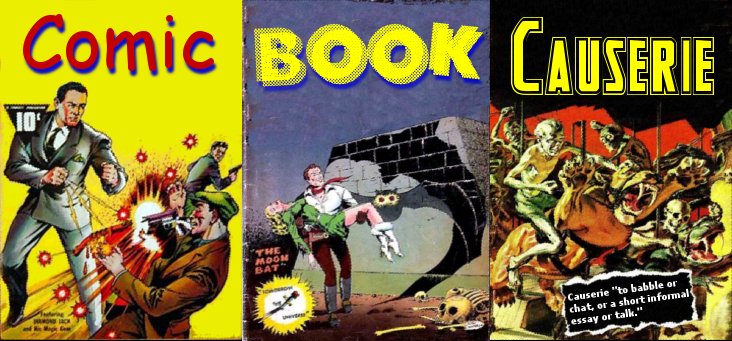click for a larger view
Doll Man was one of literally hundreds of costumed mystery men, women and superheroes that sprang up from 1939 to 1941 after the success of Superman at National Periodical Publications (DC Comics).
His super ability was, after drinking an untested formula, the power to concentrate and shrink to only 6 inches in height while maintaining his full size strength, or gaining the strength of 20 men, the details kept changing over the years, perhaps it was that having the strength of 20 men and being only 6 inches tall meant he just had his regular seized might, it’s not like comics were ever a media good at setting parameters and staying with them. Whatever the case Doll Man, written mainly at first by Will Eisner, with art by Lou Fine, (there would be many others over the years) entered the market place to vie for the dimes of the comic book buying public and compete against all the other superheroes out being published at the time from Batman, to The Challenger and Dr. Mid-Night to Wonder Woman and Zero the Ghost Detective.
And for some reason the adventures of Darrell Dane Doll Man "The World's Mightiest Mite,” his girlfriend Martha Roberts, her father Dr. Roberts and occasionally Elmo the Wonder Dog, where a hit.
So what was it what put him in a league with such other long lasting characters as Superman, Wonder Woman, Batman, Captain Marvel, and Plastic Man? The only others to remain popular for more than a dozen years, I have no earthly idea.
Many psychiatrists, who do it seems dearly love to reduce genres to appallingly simplistic secret meanings for their popularity, i.e. `people read science fiction because they are afraid of the future,’ (bunk! What about the sense of wonder? But I digress) lump the superhero genre into being about power fantasies.
I would have to say that Doll Man pretty much knocks that one down. His power is the ability to shrink down to 6 inches in height, at which point he dashes out in a costume that look like gym togs with a cape and pixy boots! His mainly weakness being the possibility he might get trod on? Seriously Ant-Man and Bouncing Boy come off with more of their dignity intact.
And yet for 14 years people bought his adventures while ignoring or dropping other more conventionally macho super men, and he would have perhaps continued for even longer if Doll Man’s publisher Quality Comics hadn’t stopped publishing in 1954.
I’m hoping the reason for that longevity it was not one of the subtle, but still noticeable, things that set Doll Man apart from other comics on the stands at the time. The fact that Doll Man, and later Doll Girl, seemed to spend a lot time on the covers tied up.
Sure, what superhero or superheroine didn’t spend at least a little time hogtied and under treat from some villain?
Doll Man seemed to make a specialty of it, at least on the covers, and the covers were the only advertising comics got back then. I’m not saying it might mean that a large percentage of our grandparents and parents were budding adherents of the B&D scene, I’m just saying he spent a lot of time conspicuously tied up, and the sales were good, otherwise the adventures were all pretty innocuous, though his co-feature in Doll Man Comics, pin-up artist Bill Ward’s Torchy Todd the Blonde Bombshell, did at times push the boundaries, but as at the time at least one third of all comic sales were in Army PXs they were perhaps just selling to the audience they perceived themselves to have.
Whatever the reason for Doll Man’s popularity, he was gone in 1954, while the rights to the character where brought by DC Comics they never really found a use for him, and while versions have appeared here and there in their comics over the years, his heyday is long gone, it’s reason for being perhaps lost in the alternate world that was the 1940s.

































